Enzyme and Microbial Development
NREL's enzyme and microbial development researchers improve the performance of enzymes and microbes for fuels and chemicals production from a variety of biomass feedstocks.
In the process, we employ physical chemistry, biochemistry, computational modeling, and synthetic biology.
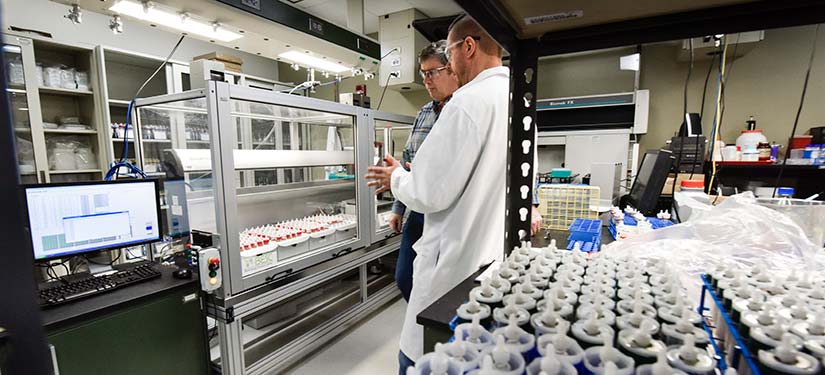
Featured Publications
Revealing Nature's Cellulase Diversity: The hyperactive CelA from Caldicellulosiruptor bescii, Science (2013)
How Does Plant Cell Wall Nanoscale Architecture Correlate With Enzymatic Digestibility?, Science (2012)
Biomass Recalcitrance: Engineering Plants and Enzymes for Biofuels Production, Science (2007)
View all NREL enzyme and microbe development publications
Capabilities
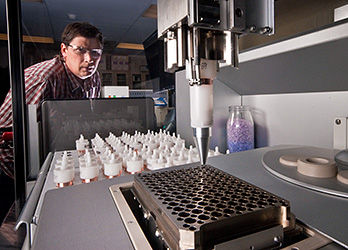
Feedstocks
We test multiple biomass feedstocks with the standard and exploratory process of pretreatment, enzyme hydrolysis, and microbial conversion.
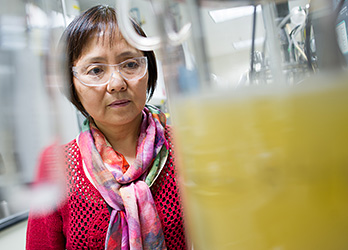
Microbes
Our microbial menagerie spans from hyperthermophilic bacteria to industrial filamentous fungi and yeast, as well as unique eukaryotic cellulose degraders such as social amoebae and aquatic crustaceans.
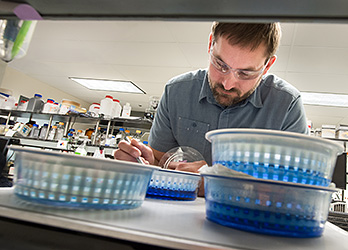
Biochemistry
Leveraging our expertise in protein structure/function, physical chemistry, enzyme kinetics, discovery, crystallography, and characterization, we engineer enzymes both for biomass hydrolysis and metabolic pathway improvement.
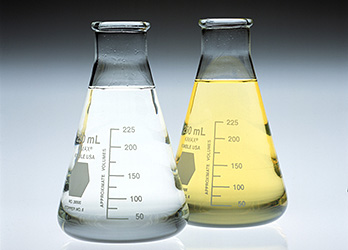
Bio-Products
We combine metabolic pathway engineering with chemical catalysis to generate a variety of biofuels, biochemicals, and bio-materials.
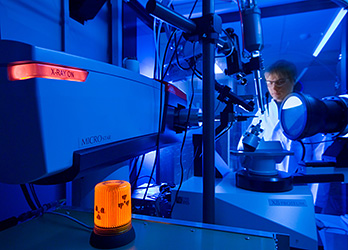
Systems Biology
We use molecular biology, protein characterization, proteomics, and HTP screening to improve enzyme function and metabolic flux as well as create new metabolic pathways. We also improve feedstocks through engineering cell wall components and expressing enzymes in muro to enable more efficient hydrolysis.
Research Team
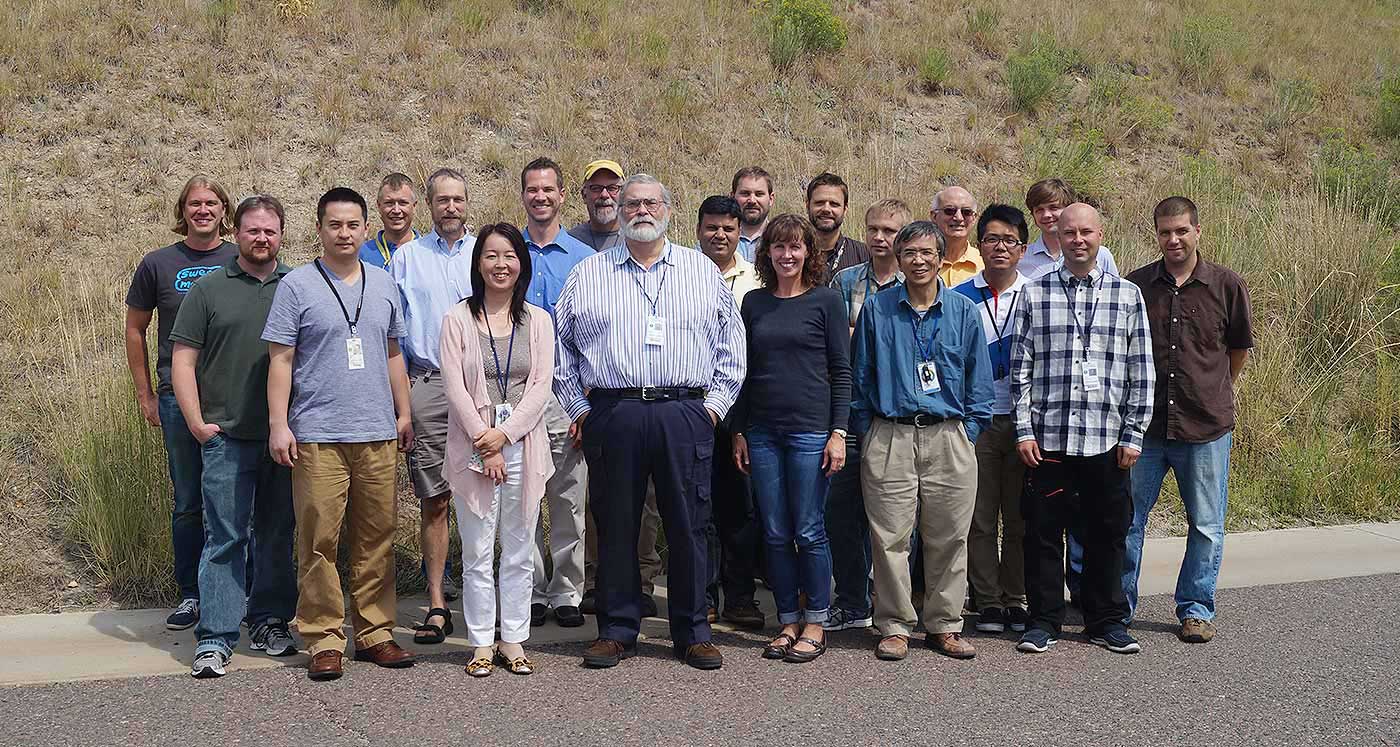
Principal Investigators
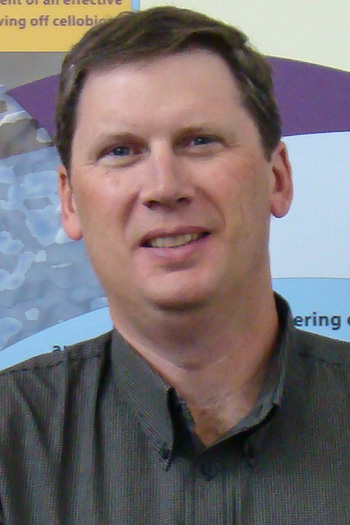


John O. Baker
Daehwan Chung
Larry Taylor
Todd Vander Wall
Qi Xu
John Michael Yarbrough
Chien-Yuan Lin
Rouran Zhang
Todd Shollenberger
Related and Integrated Programs
Microbial Development and Metabolic Engineering
Collaborators
BioEnergy Sciences Center
C3Bio
Novozymes
Oak Ridge National Laboratory
Purdue University
University of Colorado, Boulder
Weizmann Research Institute
Share
